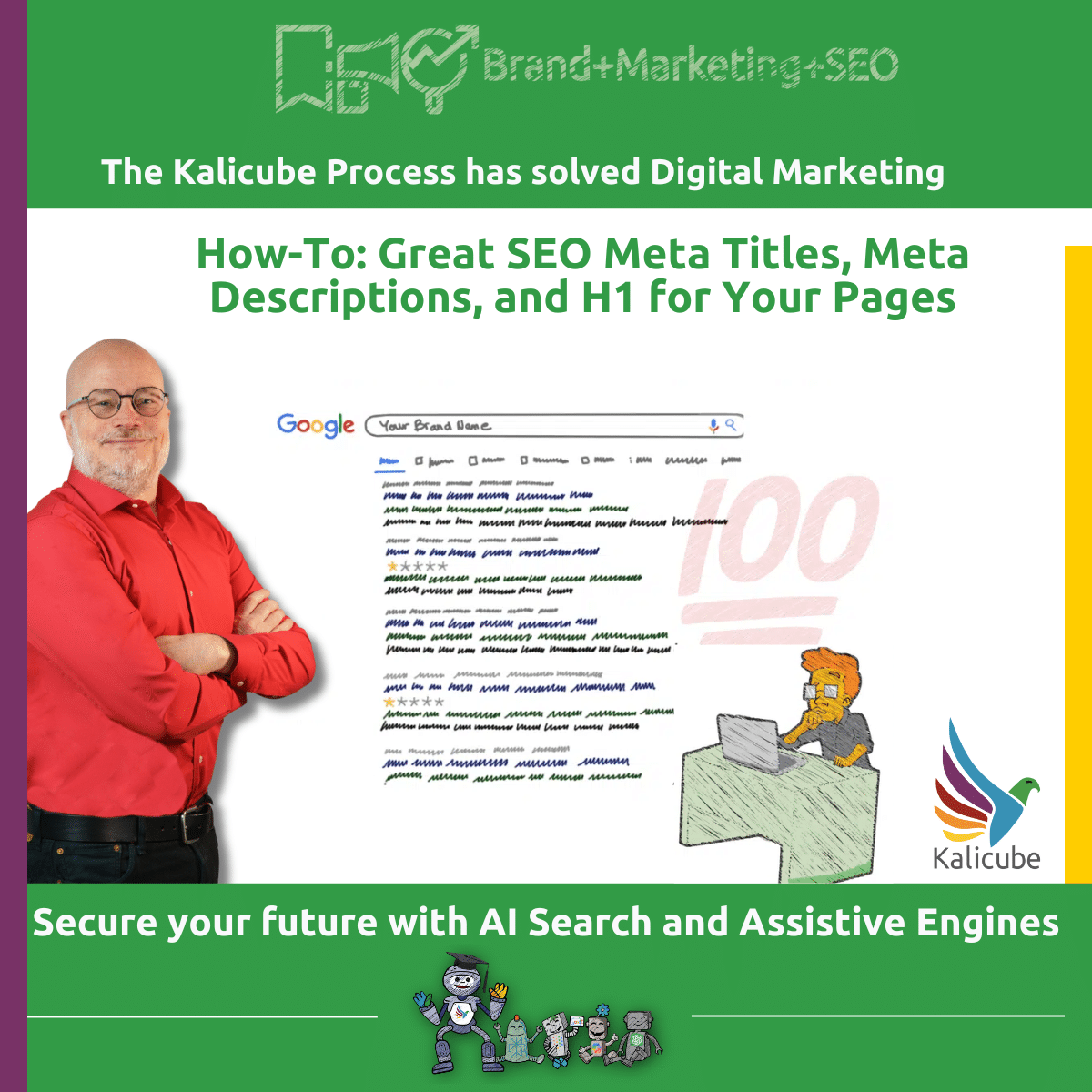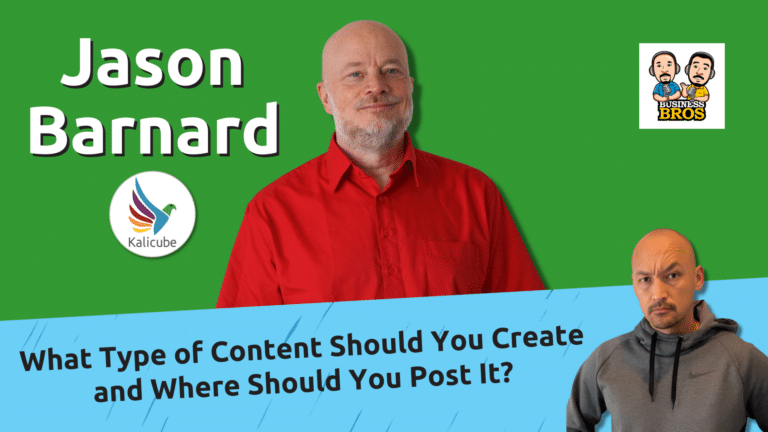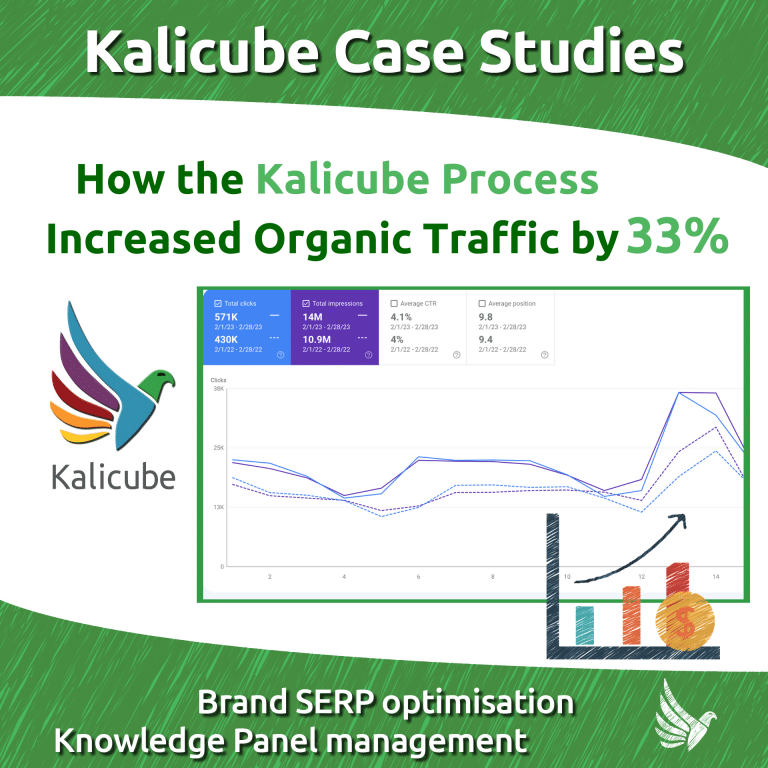How-To: Great SEO Meta Titles, Meta Descriptions, and H1 for Your Pages


What are Meta Titles and Meta Descriptions?
Meta titles and meta descriptions are both snippets of text embedded in a webpage’s HTML code that provide information about the page’s content.
The meta title appears at the top of browser tabs and search results, while the meta description gives a brief summary below it.
Meta Titles and Meta Descriptions are essential elements that directly impact a webpage’s appearance on Search Engine Results Pages (SERPs).
<title>The Perfect Meta Title
[A USER PROBLEM OR QUESTION]
- Make a real sentence to attract potential customer (not a sequence of words)
- Put the main keyword at the beginning of the sentence
- Include the two most important determinants
- If you have room, add an attractive, emotional word that will stand out from the other snippets
and differentiate your offer (“sublime”, “solid”, “delicious”, “fast”, “reliable” - Do not exceed the limit imposed by this tool
- Do not repeat the main keyword multiple times
- No special characters except,;: –
- Avoid keyword lists separated by “|” “,” “;” Or other (Google is anything but stupid!)
Write this sentence, then rework it to perfection. You only have a few words …
Your meta title should aim to attract the eye – stand out from your competitors’ snippets.
<description>The Perfect Meta Description
[WHAT IS YOUR SOLUTION]
[WHO YOU ARE]
[CALL TO ACTION]
- Put the main keyword in the sentence (not at the beginning)
- Include the two most important qualifier (or very close equivalents)
- Put up to 3 to 5 other qualifiers (5 to 7 in all)
- Put your brand name once
- Use attractive words that will differentiate your offer (“impressive”, “beautiful”, “service”, “recommended”, “seen on TV” …)
- Make a real sentence that addresses the user and powerfully indicates that you have the solution to the problem / question
- Special characters. Yes, but not too much.
- Finish with a call to action “buy now”, “check out our offers here” … or a time-sensitive call “limited offer” …
- Do not use the main keyword multiple times
- Do not use the qualifiers multiple times
- No quotation marks
Write this phrase, then rework it to perfection.
You only have about two dozen words to describe your offer, convince the user and get the click
NB – Don’t mislead the user.
If the user is not happy with your page, he / she will leave your site quickly to go to a competitor.
This will have a negative impact on TWO vital opinions about you
– the user (which will lose the sale and possibly hurt your reputation through word of mouth)
– Google’s (which will hurt your ranking in the future)
<h1>The Perfect H1
[YOUR SOLUTION FROM THE USERS POINT OF VIEW]
- Make a real sentence to convince potential customer (not a sequence of words)
- Put the main keyword in the sentence
- Include the most important qualifier
- Use the attractive, emotional word that you used in the metas (“sublime”, “solid”, “delicious”, “fast”, “reliable”
- 5 to 7 words
- Do not repeat the main keyword multiple times
The H1 will be similar to the meta title, but with the aim of encouraging the user to read more (as opposed to attracting the eye):
<summary>The Perfect Summary
[WHY THIS SOLUTION IS THE MOST APPROPRIATE FOR THIS PERSON]
Just below the H1, a two sentence summary to retain the user
- Put the main keyword once in each sentence
- Include all 5 – 7 qualifiers
- Use words that convince – the user is curious… this is your sales pitch
<content>Check the Content
[THE DETAILS OF THE SOLUTION]
Last step (often forgotten) – the content of your page
- Use the main keyword at leats 4 times
- Include all 5 to 7 qualifiers
- Include any additional qualifiers that are truly appropriate for search queries your page aims to rank for
a typical page will contain between 10 and 20 qualifiers - Use (but don’t overuse) synonyms have their place (“cheap” and “best price”, for example)
<journey>The User Journey from Meta to Content
[A NATURAL FLOW]
- meta title
- meta description
- H1
- summary
- content
Two Things to Keep in Mind
Important – the length of the content is determined by how much you can usefully say. Do not attempt to write 1,000 words or more just because SEO theory says that is necessary. Write what is necessary to convince the user. Mark Twain said something like “if I’d had more time, I would have written less.”
Important – when counting the number of occurrences of a word, variants of words count. So “We deliver flowers. Use our super-duper delivery service” uses the word deliver TWICE.
Try our SERP Simulator to see how your metas will look in Google >>







